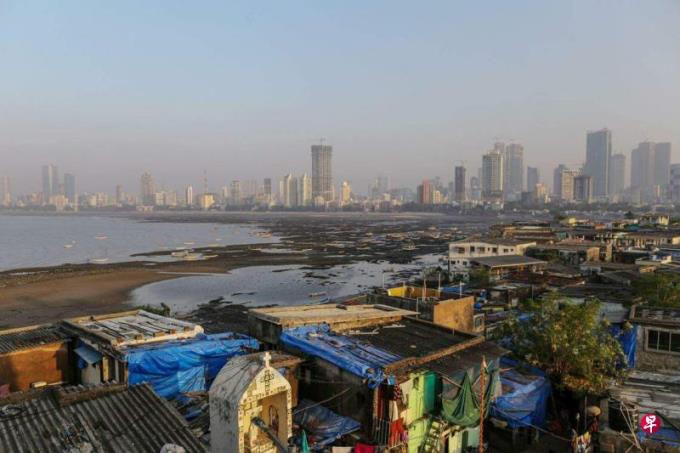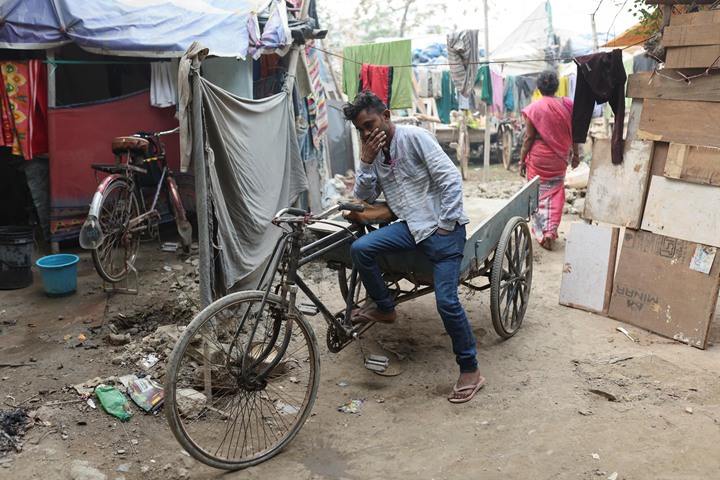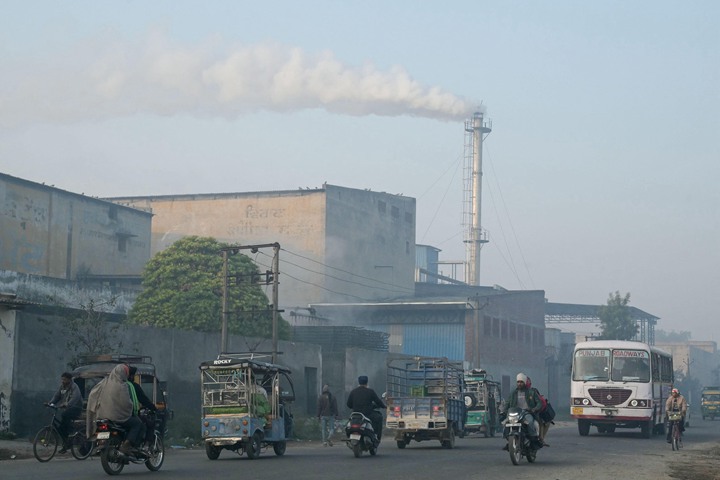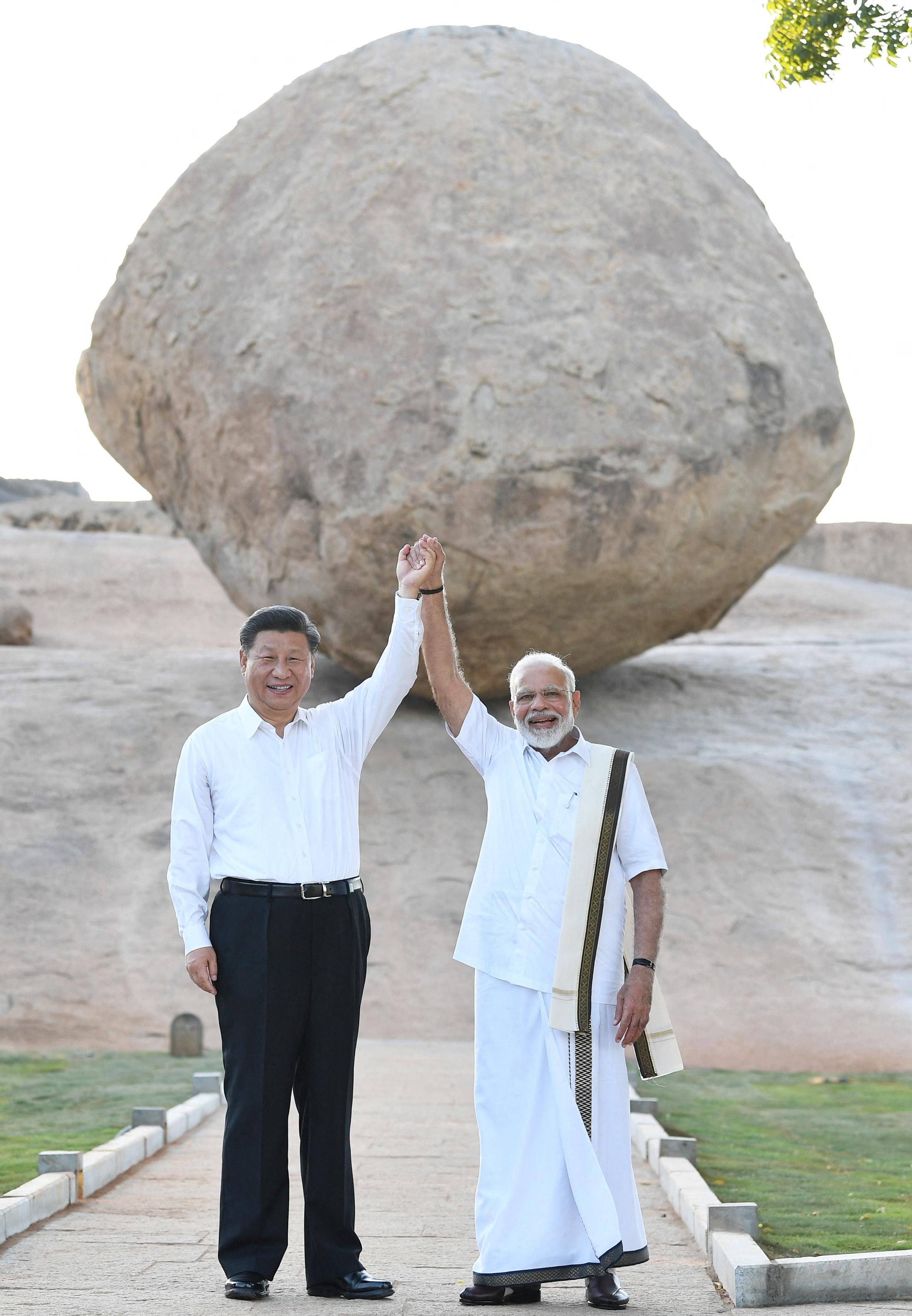
More than 600 million registered voters in India will select the next government in May this year.The Indian People's Party vigorously preached the prestige of Prime Minister Modi, emphasized the economic achievements he achieved, and strived for another five -year term for him and political parties.However, a court of India has recently ordered the decision to release the executives of Chinese -funded enterprise, which once again attracted the attention of the Indian business environment.Modi wants India to rank among the power and catch up with China in terms of economic development. There are still many obstacles to overcome.
A court of courts in India ordered the release of two senior employees of the Indian subsidiary of the Chinese smartphone manufacturer Vivo Mobile Communications (Vivo), India, and India's actions against China Telecom once again became the focus. This also broughtThe issue of the business environment of India.
Since the conflict between China and India in 2020 on the Himalayan border, New Delhi has strengthened the review of Chinese companies.In fact, not only Chinese companies face obstacles.According to official data of India, from 2014 to 2021, a total of 2,783 foreign companies evacuated India, accounting for about one -sixth of the total number of multinational companies in the country.Several media such as the Indian German Herald (Deccan Herald) pointed out that in addition to failing to open the Indian market that is sensitive to price, multinational companies also face unfavorable factors such as tariff barriers.The investment environment report released by the US State Department in 2021 describes India as "challenging business place."
In five years, 559 foreign companies ended in the Indian business
Despite the huge consumer population and the rapid economic growth, India has become more and more reports of "foreign company cemetery".From March 2018 to March 2023, 559 foreign companies ended their business in India, with the number of newly introduced 469.The Indian Finance and Enterprise Affairs Minister Nirmala Sitharaman explained that some foreign capital said that some foreign capital injected funds through Indian companies.
However, Pankaj Mohindroo, chairman of the Indian Mobile and Electronics Industry Association, said: "Frankly, this can be said to be the country that is most suitable for business."
The Indian government often uses huge fines, freezing deposits, and confiscation of assets to grab the commercial interests of foreign enterprises.Some investors in India therefore lamented: "India make money Indian flowers, want to take home."

Manish Agarwal, former head of the Indian Infrastructure Consultation Service at the International Accounting Audit Corporation, pointed out that although foreign direct investment is still influxed in India, strategic investors have respected.He told the Financial Express: "India must ensure that the public -private cooperation project formulates the schedule and the balanced risk sharing standards, and the terms of the contract should be properly implemented."
In addition to the lack of transparency in market supervision, factors such as market demand are less than expected, insufficient infrastructure construction, and the failure requirements of labor team skills have prompted foreign merchants to evacuate.Frequent power outage and water breaks have also pushed up operating costs.
Market demand depends on population purchasing power.According to the UN Population Foundation data, India's population is expected to reach 1.428.6 million this year.However, there are huge poor people in the huge population.The UN Development Planning Department reported that the ratio of the poor in India fell from 55 % in 2005 to 16.4 % in 2021.However, there were previous data estimates that India's poor people, coupled with low -income and low- and medium -income people as many as 800 million. Many people rely on the government's grain subsidies, and it is impossible to purchase expensive products and services of foreign companies.In contrast, China is also a large consumer country. There are about 800 million people in high and high -income people.

India is the fifth largest economy in the world. By 2030, it may surpass Germany and Japan and become the third largest economy.Due to the lack of investment and land acquisition in the past, India's infrastructure is still behind China, and there are many challenges to build work.Prime Minister Modi has taken infrastructure, especially highways and railways as the primary task of the government.Many major airports have also built new terminals.
Analysis: Make the front road of the world factory
Multi -pronged approach, the Indian government will develop towards the goal of a large economic country.However, the part -time senior researcher, Ps Suryanarayana, a senior researcher at the Rasan University of Science and Technology of Singapore, pointed out in an interview with the United Morning Post that India is unlikely to become a "world factory" soon.EssenceAt present, India is mainly committed to building a modern manufacturing base.To this end, India is also seeking foreign cooperation, but because of the lack of mutual trust between China and India, it will not cooperate with China that develops rapidly.
Chilamkuri Raja Mohan, a visitor to the National University of Singapore, also pointed out that India has a long way to go to the world's factory when it is interviewed by Lianhe Morning Post.Manufacturing has always been the weakness of the Indian economy.In the second half of the 20th century, the socialist policy of the National Congress government stifled industrial production with various restrictions.In the early 1990s, although India embarked on the road of economic liberalization, this impacted the local industry, because the domestic production cost of India is high, and it is difficult to rob the market with relatively cheap Chinese products.
Modi tried to reverse this situation through the "Made in India" plan from the first term (2014 to 2019); at the second term (2019 to 2024), he launched a wide range of incentive measures to support some manufacturingIndustry, including semiconductor industry.He has achieved considerable success in the mobile phone field, and hopes that the production of laptops and computers can also copy such results.The international investment obtained by the Indian manufacturing industry has indeed increased during this period, but most of the new investment continues to flow to China and Southeast Asia.
Grasping the demographic dividend is the key to the success or failure, you must dig the potential of the younger generation
According to the global economic ranking of the British Economic and Commercial Research Center, by 2038, the economic scale of the two large population powers, South Korea, and India and Brazil, will rank among the top ten.
SP Global data also shows that South Asia and Southeast Asia will become a global growth engine.India will promote the growth of Asian economic growth in the next few years. The growth rate of GDP (GDP) is expected to reach 6.4%this year and 7%in 2026.
In contrast, the World Bank predicts that the GDP growth rate of this year is only 4.5%of the important engines and stable power of the world's economic growth.
Half of the younger graduates in South Asia lack necessary skills and difficult to employment
India has replaced China and becameThe largest country.How India obtains the demographic dividend is a problem that the Modi government must deal with.The UN International Children's Emergency Fund warned that half of the young people in South Asian countries lacked the necessary skills when they left school and could not find a decent job.

In fact, like China, the birth rate of India is also declining, but it has the population motivation of the population statistical, that is, the younger population, and now there are so many childbearing age women. By the middle of this century, the population will be the population.Continue to grow.
Whether India's population can grasp the demographic dividend and let young people play the director is the key to the "Indian century".The huge young population can accelerate India's economic growth and give it the opportunity to join the ranks of China's economic superpower.Otherwise, a large number of poor people may grow old before the country becomes rich.
According to Xinhua News Agency, India's online legal service provider Vakilsearch searched in a report last year: "If India wants to make full use of the changing world economic model and provide enterprises with diversified raw materialsSupply chains, markets they can rely on, and some tax benefits that can bring them commercial interests allow them to obtain long -term benefits from the trade in India, so this (young people's skills and work do not match) must change."
 In order to promote economic development, the Indian government is focusing on the construction of facilities such as roads and facilities in order to promote economic development.On December 5, 2023, the roads and factories on the suburbs of the Punjab Amley were shrouded in the haze.(Agence France -Presse)
In order to promote economic development, the Indian government is focusing on the construction of facilities such as roads and facilities in order to promote economic development.On December 5, 2023, the roads and factories on the suburbs of the Punjab Amley were shrouded in the haze.(Agence France -Presse) 




